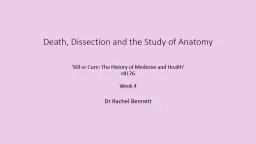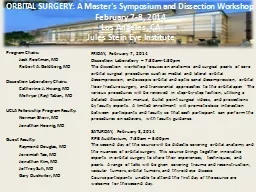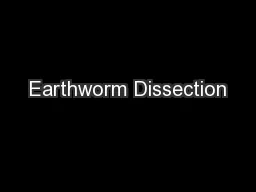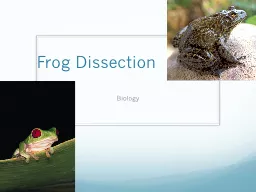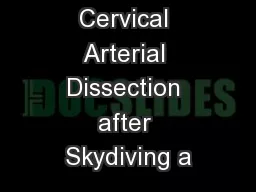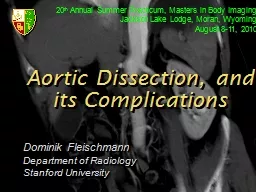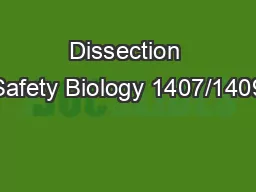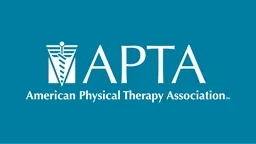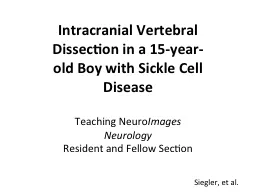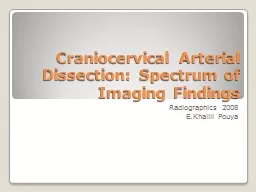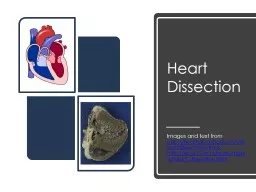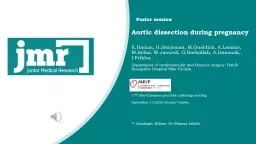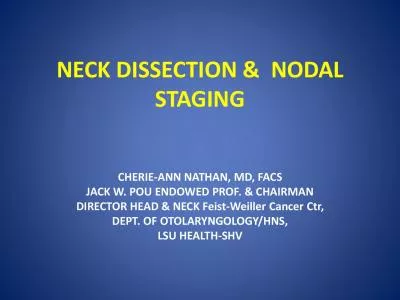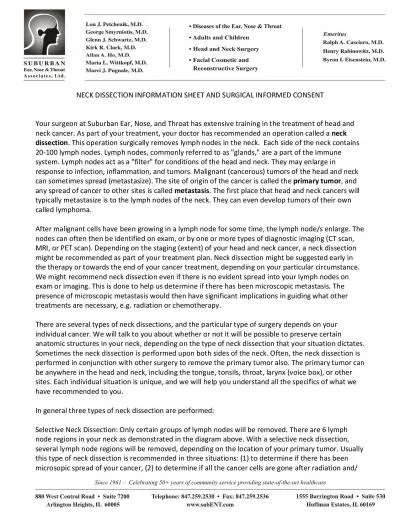PPT-Death, Dissection and the Study of Anatomy
Author : tatyana-admore | Published Date : 2018-11-01
Kill or Cure The History of Medicine and Health HI176 Week 4 Dr Rachel Bennett Key Questions Practical experience of dissecting a human body was an essential requirement
Presentation Embed Code
Download Presentation
Download Presentation The PPT/PDF document "Death, Dissection and the Study of Anato..." is the property of its rightful owner. Permission is granted to download and print the materials on this website for personal, non-commercial use only, and to display it on your personal computer provided you do not modify the materials and that you retain all copyright notices contained in the materials. By downloading content from our website, you accept the terms of this agreement.
Death, Dissection and the Study of Anatomy: Transcript
Download Rules Of Document
"Death, Dissection and the Study of Anatomy"The content belongs to its owner. You may download and print it for personal use, without modification, and keep all copyright notices. By downloading, you agree to these terms.
Related Documents

